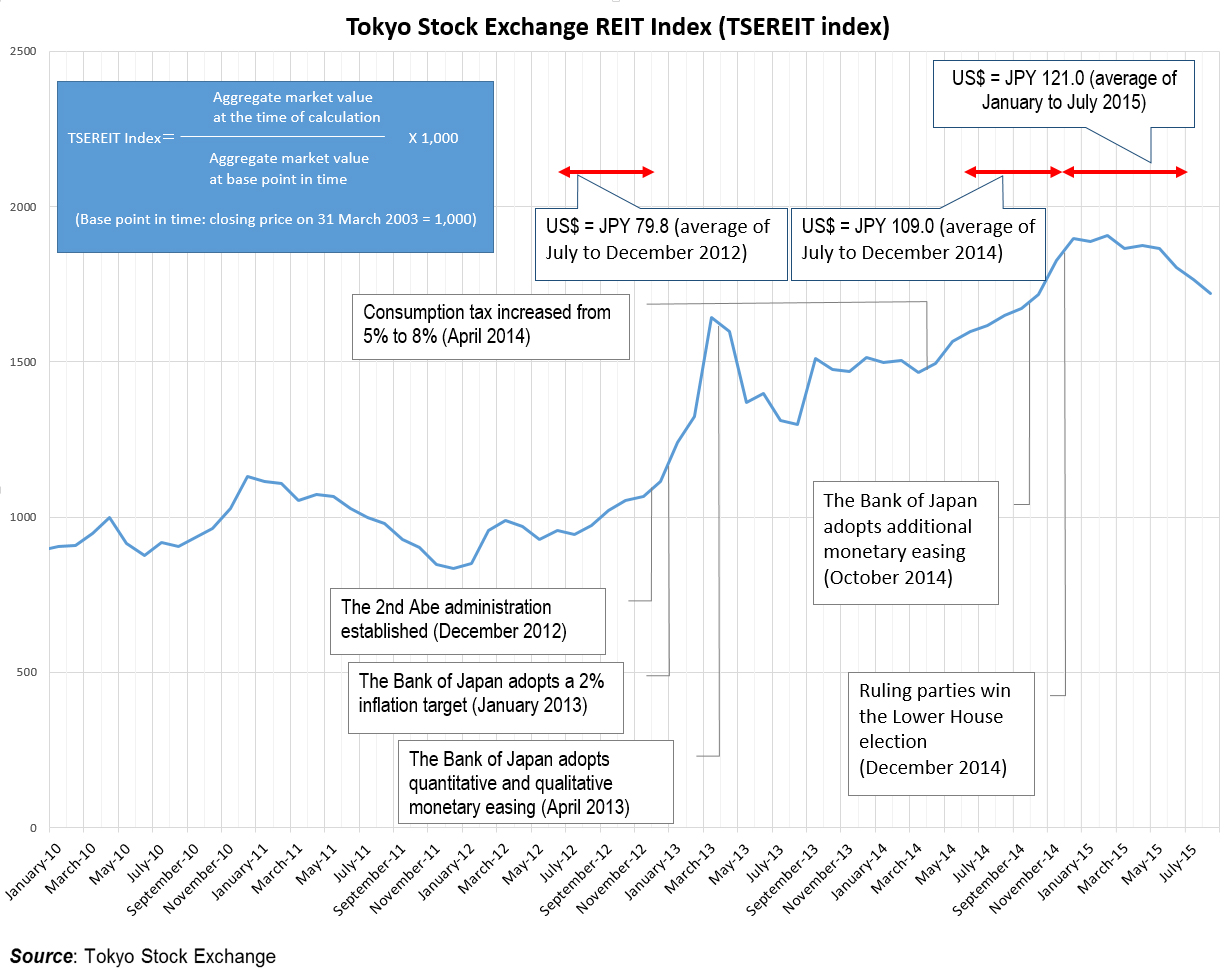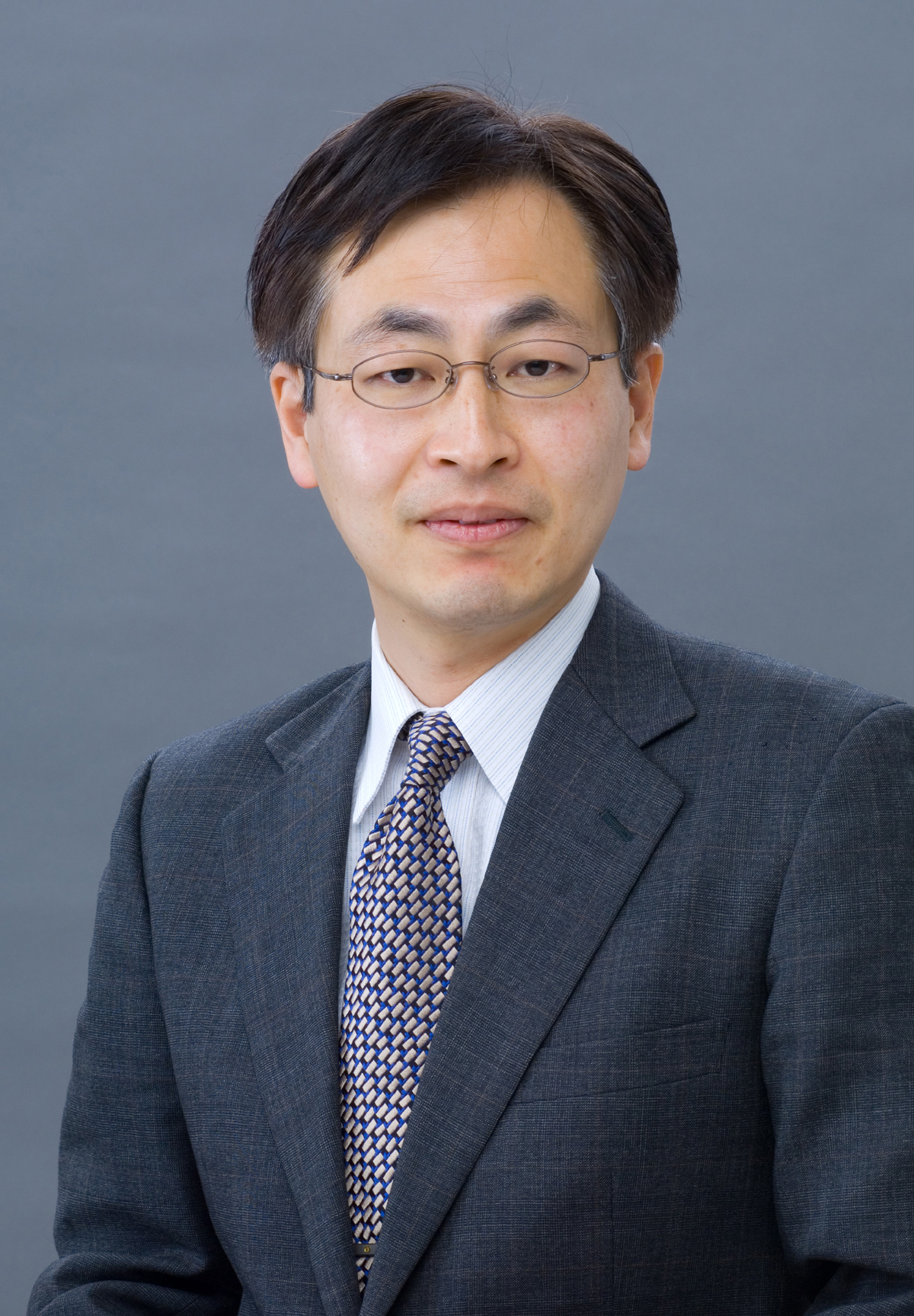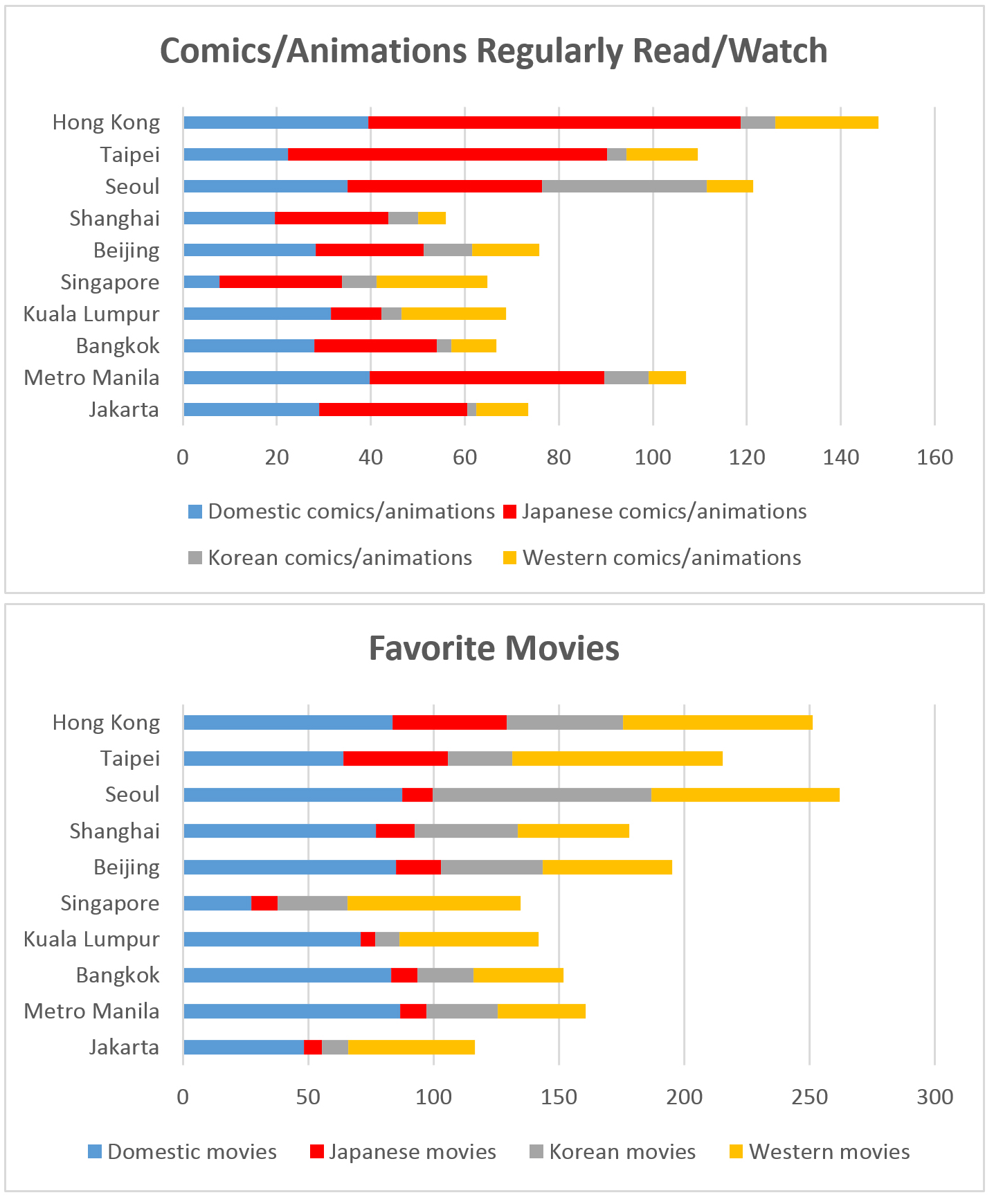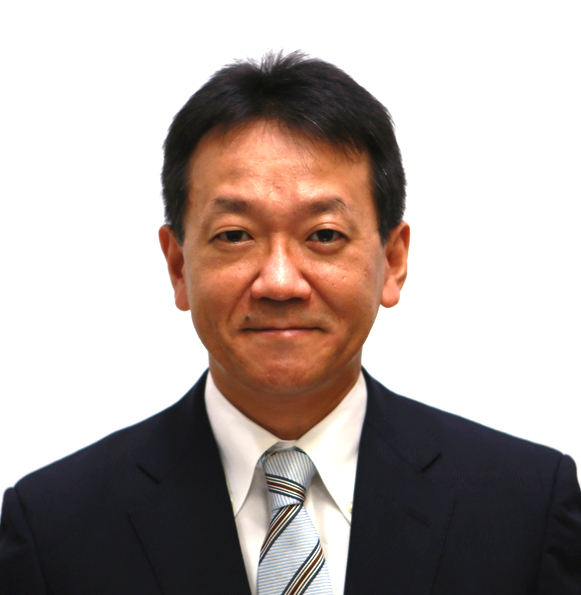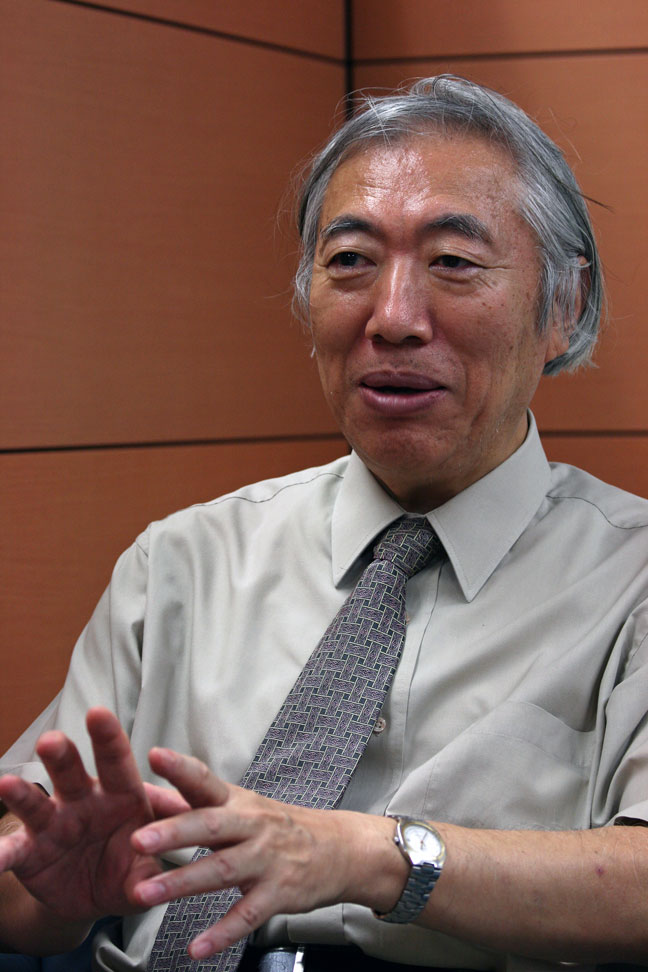Mr. Governor, when will we finally be free from deflation? An 80-minute exclusive where we discuss everything from Abenomics to the his bazookas and his reading history
Mr. Kuroda, it was 20 March 2013 when you were appointed as the 31st Governor of the Bank of Japan (BOJ). Almost three whole years have passed since then. Today I’d like to have you reflect back over your time as governor since your appointment, and to hear about your outlook for the future. Firstly, could you please tell us about the way in which Prime Minister Abe Shinzo approached you with regard to your appointment to the role of Governor?
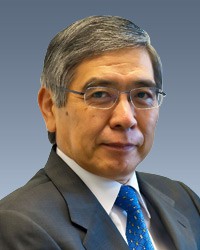
KURODA Haruhiko, Governor of the Bank of Japan
Kuroda: At the time, I was working as president of the Asian Development Bank (ADB). I received a direct call from Prime Minister Abe at the ADB headquarters in Manila, in the Philippines. I’d prefer not to elaborate on the details of exactly what was said to me; but if I tell you my own feelings, it’s a fact that I was extremely surprised to be asked… because although I had met him a few times before that, I hadn’t once spoken with him about Japan’s monetary policy.
The first time that I met the Prime Minister properly was in 2003, after I had finished my stint as Vice Minister of Finance for International Affairs, around the time when I became Special Advisor to the Cabinet of Prime Minister Koizumi (Junichiro). At the time, Prime Minister Abe was Deputy Chief Cabinet Secretary… but at that time there was never an opportunity to speak to one another directly about policy issues. As President of ADB, I met with the Prime Minister a total of three times at his official residence: in November 2006 and April 2007, under the first Abe administration, and in January 2013, right after the inauguration of his second administration. But even during those times, we only spoke about the economic situation in Asia and so on. So I was really surprised when he told me that he wanted me to become Governor of the Bank of Japan.
When you received the call, did you make the decision to accept the offer right away?
Kuroda: I accepted the position after much careful consideration. For eight years, I had been doing the meaningful and worthwhile job of supporting the economic development of emerging (i.e. newly developed) and developing countries as President of ADB, and was sufficiently satisfied in that position. On the other hand, at the time Japan was right in the middle of a period of deflation that had been continuing for around fifteen years since 1998, and Prime Minister Abe presented me with the extremely important task of freeing the country from that. I took that very seriously, and solemnly accepted the position. I still feel the same about it now as I did then.
The two elements of “different dimension” monetary easing
Mr. Kuroda, at a press conference held on March 21, right after you were appointed, you declared that “The biggest mission that the Bank of Japan needs to fulfill, is to break free from deflation and see just how quickly we can achieve the price stability target of two percent in terms of the year-on-year rate of increase in the consumer price index (CPI).” At a Monetary Policy Meeting held immediately after that, you resolved to introduce Quantitative and Qualitative Monetary Easing (QQE).
Kuroda: Of course, during the period of deflation spanning over fifteen years before my appointment as Governor, the BOJ was already taking various measures against deflation. Previous Governors like Hayami Masaru (1998–2003) and Fukui Toshihiko (2003–08) adopted measures such as the Zero Interest-rate Policy (ZIRP) of lowering short-term interest rates to almost 0%; then from there the Quantitative Monetary Easing (QE) policy of further increasing the supply of funds to the economy. Then, in 2010, my predecessor Governor Shirakawa Masaaki (2008–13) hammered out the Comprehensive Monetary Easing (CME) policy in order to drive monetary easing forward even more forcefully.
But although there were some periods where the economy did pick up momentarily, we were unable to free ourselves fully from deflation. In order to achieve sustainable growth in the Japanese economy, we have to increase (i.e. inflate) prices to a certain extent. If people think that the cost of goods and services will become cheaper and cheaper in the future, naturally there will be a decline in consumer spending. In order to completely dispel that deflationary mindset, I introduced QQE; what is also referred to as “different dimension” monetary easing.
The QQE policy has two elements to it. One is to display a strong commitment — both internally and externally — to achieving the two-percent price stability target at as early a stage as possible, with the hope of achieving it, ideally, within a period of around two years. The other is to implement large-scale monetary easing — of a kind that has never been seen before — in order to back up that commitment, primarily through the purchase of financial assets: quantitatively, by doubling the monetary base (the sum total of the portion of commercial banks’ reserves that are deposited in accounts with the BOJ, plus the total amount of cash circulating in the public domain) over a period of two years; and qualitatively, by at least doubling the average life of government bonds purchased. In 2014, we further expanded QQE by further increasing the pace of expansion of the monetary base, extending the average life of government bonds purchased by a maximum of around three years, and trebling the rate of increase on the balances of index-linked exchange-traded funds (ETFs) and real estate investment trusts (REITs); but the basic idea hasn’t changed.
Does escape from deflation lie just ahead of us?
But even now, two years and nine months down the line, the price stability target of two percent has still unfortunately not been achieved.
Kuroda: Yes, it’s certainly true that our target of two percent has not yet been met. In that sense, we’re still partway along the road.
But looking back, the rate of price increase, which until then was in negative figures, finally turned to a positive value in fall 2013 when viewed in terms of core CPI (a price index that excludes fresh food products, which are easily influenced by weather conditions). By April 2014, even discounting the impact of the consumption tax rate hike, core CPI was at a positive value of +1.5%. But after that, in addition to poor movement on the demand front, the fall in crude oil prices from around the beginning of fall also had a major impact, and the rate of increase of core CPI became smaller and smaller. If things were left as they were, then even though we’d started to gradually break free of inflation, things would have gone right back to the way they were. It was out of this concern that we decided to further expand our monetary easing measures in October 2014.
As a result of that, the rate of increase in core CPI is currently fluctuating at close to 0%, but the public’s actual expectations for inflation haven’t really diminished much. In addition to this, looking at the consumer price index that excludes fresh food products and energy-related commodities, by October 2015 the rate climbed to a positive value of around 1.2%.
In actual fact, the basic underlying state of prices is improving significantly. The University of Tokyo announces its UTokyo Daily Price Index, which is tabulated based on the prices of food items and miscellaneous daily goods at around 300 supermarket stores nationwide; and Hitotsubashi University publishes the SRI-Hitotsubashi Consumer Purchase Index, which also includes data from convenience stores and other stores. Both of these indices have been rising continuously, in terms of year-on-year comparisons, since April 2015.
In terms of the all-important wages, too, in 2014 we were able to achieve the first across-the-board wage increase in around twenty years. In 2015, too, many companies carried out wage increases that were greater than the previous year.
Let’s talk about the timing of when you expect to achieve the target. In April 2014 it was “centered mainly around FY2015,” in April 2015 it was “around the first half of FY2016,” and now it has changed to “around the latter half of FY2016”… it keeps getting pushed gradually further and further ahead. Even if you are able to achieve the target as you say this time, it will have taken around four years; almost double the initially stated period of two years. And there are some concerned voices of people anxious as to whether or not the BOJ can really achieve the target at all.
Kuroda: At the present time, the continuing fall in crude oil prices is a major obstacle standing in the way of us achieving our target. But a time will surely come when those crude oil prices, too, will eventually stop falling and stabilize; or rebound and begin to rise again. When that happens, the main factor that is suppressing the rate of inflation will have disappeared.
In many cases, rather than making their own independent forecasts with regard to crude oil prices, international financial institutions such as the IMF (International Monetary Fund) and the central banks of various countries tend to refer to data from futures markets. The same applies to the BOJ. Looking at movements in the futures markets, the current market state is that prices are continuing to rise gently. Based on this premise, we believe that we can achieve our target of two percent “around the latter half of FY2016.” Of course, in the future too, there will surely be various movements in the price of crude oil, so I won’t deny the fact that the timing of us achieving our target may come slightly earlier or later than that; but the rising, inflationary undertone remains unshaken. We’ll do everything we should and can do in terms of soundly and steadily implementing QQE towards the achievement of our two-percent target.
At the press conference to mark his re-election as President of the Liberal Democratic Party in September 2015, Prime Minister Abe declared that, “We’ve already reached a state where we are ‘no longer in deflation.’ Our escape from deflation lies just ahead of us.” What are your thoughts on the current situation, Mr. Kuroda?
Kuroda: As I said just now, if we look objectively at the current situation, in which the general tone of prices (excluding the impact of the big drop in crude oil prices) is continuing to move in an upwardly direction, we can see that it is completely different from the state of deflation that we were in previously. In that sense, the government’s view that “we are no longer in deflation” is correct. Only, as far as the BOJ is concerned, our target is strictly a two percent rate of increase in consumer prices; so until we achieve that target we are still, quite literally, “partway along the road.”
What I’d like to ask now, “partway along the road,” is — although as you often say Mr. Kuroda it might still be “too early in the day” to ask this — what are your thoughts regarding an exit strategy for how you will normalize things after the achievement of your target through the monetary easing policy also known as “different dimension” easing?
Kuroda: The United States FRB (Federal Reserve Board), the ECB (European Central Bank) and the BoE (Bank of England), like BOJ, are all implementing non-conventional monetary easing policies. There are two common issues facing all central banks in terms of their exit strategies.
The first is what do about their ballooning balance sheets, brought about by their purchases of large quantities of financial assets. The second is what to do about their near-zero short-term interest rates, amidst them having large-amount reserve balances.
Because we will have to consider these two issues based on the economic circumstances and the monetary situation at that particular time, I think that it is difficult to talk specifically about them at this stage.
In the August 2015 audition of Bungeishunju, Professor Okina Kunio (currently a professor at the Kyoto University School of Government) — who worked for a long time at the BOJ and also served as director of the BOJ’s Institute for Monetary and Economic Studies (IMES) — expressed his concern over exit strategies, and said that we should “establish opportunities, by launching advisory councils to the executive leadership or study groups and so on, for open debate regarding frameworks for future monetary policy after we detach from the current monetary easing policy.”
Kuroda: To give an example, the FRB indicated an exit strategy in 2011. But in the end, that ended up turning into a different strategy, and it confused and disrupted the markets as a result. It’s not my intention to criticize the FRB, but there is a need to recognize the risks of indicating options for exit strategies ahead of time. At the end of the day, all we can do is act appropriately according to the actual economic and monetary situation at the time. But one thing that I would like to say now is that BOJ has sufficient policy measures to cope with such issues, and we don’t think that we will have any difficulties at all with our exit strategy.
What is the relationship between the BOJ and the government?
The first “arrow” of Abenomics was “bold monetary policy.” I think that some people have the image that the BOJ and Abenomics are some kind of unified entity. How do you think the relationship between the BOJ and the government should be?
Kuroda: In the 1998 reforms to the Bank of Japan Act, the government’s wide-ranging regulatory powers were significantly revised, and clear provisions were stipulated with regard to the BOJ’s independence in terms of operating monetary policy and autonomy in managing its operations. On the other hand, in Article 4 of the Act, it also states that the BOJ must “always maintain close contact with the government and exchange views sufficiently.” Of course, it’s not the case that the central bank’s independence and its cooperation with the government’s economic policies are in contradiction. The Bank’s independence is still properly ensured, and must continue to ensure that independence in the future.
Special Advisors to the Cabinet Hamada Koichi and Honda Etsuro (the economic brains behind the Abe administration) have often touched upon the reforms to the Bank of Japan Act; saying things like “Even if the BOJ decides the actual policy measures to be implemented, the government should take responsibility in determining price stability targets,” and “Maximization of employment should also be incorporated as an objective of monetary policy.”
Kuroda: It’s certainly not an unthinkable debate. The United Kingdom has adopted a system in which the government determines price stability targets, although it is in consultation with the Bank of England (BoE). But that is very unusual amongst developed, OECD (Organisation for Economic Co-operation and Development) member countries. Monetary policy has a very significant impact on prices. For that reason, in the majority of the world, it is the central banks, which are charged with controlling monetary policy, that determine price stability targets based on a firm grasp of economic and monetary conditions.
The same applies to “maximization of employment.” Certainly, in the United States, after various deliberations, it was stipulated under the Federal Reserve Reform Act of 1977 that the FRB would be tasked with promoting maximum employment and price stability. So that, too, is not an unthinkable argument; but apart from the United States there is no other country that has taken that kind of approach. Looking at our country’s situation and the trend followe d by other central banks, I would say there is little need for us to do so, wouldn’t you?
Of course, it’s not the case that the BOJ isn’t thinking about employment at all. In the Bank of Japan Act, too, it says that the BOJ shall “contribute to the sound development of the national economy by achieving price stability.” If the number of unemployed people continues to grow and grow it will never lead to “the sound development of the national economy.” But as with the price stability target, if the BOJ sets a target for what percentage to make the rate of unemployment, then a debate may well arise over which of the two targets we should give priority too, and what we should do when the two targets conflict with one another.
In any case, these are problems relating to the law, to the Bank of Japan Act itself. Laws are determined solely by the national legislature, by the Diet; so to say any more than that as Governor of the Bank of Japan would be presumptuous of me.
In November 2014, Prime Minister Abe dissolved parliament, citing the issue of his postponement of a further planned consumption tax hike, and called a general election. Three weeks prior to that, at the end of October, Mr. Kuroda, you announced additional easing measures; the so-called Kuroda Bazooka Round 2. Some people take the view, from that time, that you did that with the intent of pushing Prime Minister Abe along and encouraging him to raise the consumption tax rate to 10% as initially planned.
Kuroda: As I can tell you — without the need to cite the example of how America, in the eighteenth century, began its revolutionary War of Independence against the United Kingdom under the slogan of “No Taxation without Representation” — that the issue of tax is the most political of all problems. So it doesn’t feel strange to me at all that Prime Minister Abe made a political judgment over a tax-related issue. And I certainly didn’t implement additional easing with some kind of political intent in relation to consumption tax. To be sure, I do have the experience of my involvement with tax-related issues during my time in the Tax Bureau at the Ministry of Finance, and I am well aware that consumption tax has extremely important aspects in terms of fiscal issues; but even so, I don’t have even the slightest intention of trying to influence the consumption tax hike.
At the time, your juniors in the current Tax Bureau of the Ministry of Finance were shocked by the postponement of the raise in consumption tax.
Kuroda: Is that right (laughs)? As I just said, tax is a political issue to begin with, so decisions concerning tax really all come down to the government and the National Diet. At the very least, it’s not something that someone in the position of a central bank should be commenting on.
How do you feel about the name “Kuroda bazooka”?
The public refers to your quantitative and qualitative monetary measures as the “Kuroda Bazooka.” How do you feel about that name?
Kuroda: I don’t hate it, but I’m not particularly happy about it either… because it’s not as if it was me that coined it. I believe the media used the expression first in April 2013, when we first embarked down the path of implementing QQE measures.
I have a lasting impression of you using a flipchart to display the figures in an easy-to-understand fashion and giving a very effective presentation at the time of your second “Kuroda Bazooka” too, Mr. Kuroda, just as you did the first time around. Are you always conscious, yourself, of how you will appeal to the markets like that?
Kuroda: When we first came out with QQE it was a very significant policy change, so I thought that there was a need for everyone — not just people concerned with the markets themselves, but also the wider public — to know as much as possible about not only the details of the policy, but also its objectives and the basic ideas behind it. I’m not giving a lecture in economics, so it’s important to communicate the information in a form that is as easy to understand as possible. It’s not something that only applies to me, either; I often think to myself that in the future too, there will be a need for BOJ staff to properly explain the essence of the Bank’s policies in various different situations.
It was during my time as President of ADB that I keenly felt the importance of explaining things properly. ADB is an international financial institution, with sixty-seven different countries investing in it. In order to gain the support of various national governments, it is imperative also to secure the support of the citizens of those countries. To gain widespread understanding of our policies, we constantly strove to ensure that our explanations would be easy to understand for people from any country.
I have that kind of experience, and I work proactively to improve and enhance our (BOJ’s) PR capabilities. Since I became Governor, there’s also something that has changed significantly with regard to our press conferences. In the past, we prohibited news coverage while the press conference was still underway, as there was a risk that the content reported might be incomplete. What we’ve done now is to allow reporters to cover our press conferences in real time, as they are taking place. They can show live broadcasts on TV and they can report the details of content disclosed during our press conferences, while they are still going on. This is the same as with central banks in other countries too. It’s now a worldwide trend to recognize that proactive PR activities are important to achieve widespread understanding of policies amongst the whole general public, rather than just amongst those affiliated with the markets. For that reason, we are also advancing initiatives to make as much information as possible — such as data and records of meetings — publicly available on the BOJ website.
ADB, also, never used to disclose the minutes of its meetings. Now, they promptly announce summaries of important points with regard to resolutions made during board meetings, and then publicly disclose the complete minutes of their meetings at a later date.
Speaking of communicating information… in December 2002, while you were still Vice Minister of Finance for International Affairs, you contributed an article to the UK’s Financial Times, together with your deputy vice minister (Adviser to the Minister of Finance) Kawai Masahiro, regarding inflation target policy. Wasn’t it extremely unusual for an active Vice Minister of Finance to publish an article in the media relating to the debate on inflation target theory, which was then viewed as non-conventional and unorthodox within the Ministry of Finance itself?
Kuroda: There are two reasons why I contributed the piece. Around that time, I often discussed the matter with Mr. Kawai, and with Mr. Ito Takatoshi, who was his predecessor. At the time, China was beginning to participate seriously in world trade markets, and was starting to become a central presence in the Asian supply chain. In spite of that, the renminbi (the Chinese yuan) was undervalued, which made it possible for the Chinese to take advantage of the low exchange rate to export massive volumes of their own products to Japan and the West at low prices. It wasn’t outside the realms of possibility that China might export its deflation, too, as a result of that. So one of the reasons that I contributed the article was that I thought the undervaluation of the renminbi should be corrected.
Only, the Chinese might choose not to improve the situation for us. As the economic development of emerging nations became more active, there were many other countries, too, that were controlling exchange rates to prevent the value of their own currencies from rising. In a global economy where the relative importance of emerging nations is increasing, there is a need for developed nations, too, to seek to stab ilize prices through measures such as proactive utilization of monetary policy, and by setting two-percent inflation targets. That was the way I thought, and that was my second reason for contributing the article.
I don’t know whether anyone at the Ministry of Finance at the time understood what I was getting at, but basically I wrote that article — as Vice Minister of Finance for International Affairs — from an international perspective. At the time, the debate at various international academic conferences was already starting to lean towards that direction, so I didn’t intend to be advocating for a particularly unorthodox theory. I contributed the article thinking that it would be a good thing if it stirred up a debate on the subject in Japan.
Ten year later, the United States set a concrete inflation target of two percent. That was in 2012, when Mr. Ben Bernanke was Chairman of the FRB. He had been a consistent proponent of inflation target theory since his time as a university professor, so there you go.
Mr. Bernanke’s name just popped up, but you’ve had exchanges with a large number of global economists worldwide, haven’t you Mr. Governor… who has influenced you the most out of all of them?
Kuroda: I’ve had various debates with the likes of Mr. Bernanke and Nobel Prize in Economics winners such as Mr. Joe Stiglitz and Mr. Paul Krugman regarding policies that Japan should implement in order to escape from deflation, and about the global economy and so on. Mr. Larry Summers — who held prominent positions as U.S. Secretary of the Treasury and President of Harvard University — cooperated as a member of a committee of eminent persons to help develop a long-term strategy back when I was President of ADB.
If I count through all of them there’s an endless list, but if I were to name one person who had the greatest impact on me personally it would surely be Professor Sir John Hicks of Oxford University in the United Kingdom, where I went for overseas study during my third year after joining the Ministry of Finance. Initially, I was thinking of studying finance (fiscal science), but when I actually arrived at Oxford the professor that I had in mind had already retired. That professor was actually Ursula Hicks — in other words, Sir John’s wife. The fact that instead of studying finance under her I ended up studying monetary policy under her husband as a result of that was an interesting quirk of fate.
At the time, Professor Hicks often said something along the lines of this: Why is it that inflation settles down, just by the BoE raising the bank rate by a mere 0.5%? It’s because the BoE is displaying the strong resolve that they will continue to raise policy interest rates higher and higher in the future if necessary, in order to suppress inflation. That causes the overinflated economy to settle down.
That was what he said. He was already speaking clearly — in around 1970 — about the necessity of central banks committing to monetary policy and the importance of working on the expectations and predictions of the markets. At the time, this was an extremely progressive and forward-thinking argument. He left a strong impression on me, and he said lots of things that offer valuable insight into my work now, too.
The world of Japanese manzai comedy that I discovered through Hibana
Thank you, I understood that well. Mr. Governor, I think that one factor in your high-level explanatory abilities (which are also held in high esteem by our assigned reporter) is probably your well-known love of reading, which is famous in terms of both overwhelming quality and quantity. What kind of books have you been reading recently?
Kuroda: Recently I’ve been too busy to read much, but I did read Hibana, the book for which (Japanese comedian) Matayoshi Naoki received the Akutagawa Prize. I found the intense back-and-forths between the senpai and kohai (senior and junior) — between the two comedians — extremely entertaining. It surprised me. I thought to myself, “So this is how intense the world of manzai is?”
In the past I also used to read original (i.e. foreign language) editions of books on topics such as philosophy and mathematics, but recently I hardly read any of those at all. These days I tend to pick up a lot of novels that can be read easily and casually when I want to let off steam and relax. I have always loved mystery novels, regardless of whether they are from at home or abroad. With foreign ones, I enjoy authors such as (Sir Arthur) Conan Doyle or Agatha Christie. When it comes to Japanese authors, perhaps Miyabe Miyuki or Kitamura Kaoru. Yonezawa Honobu’s Kings and Circuses — which uses the motif of the royal family murders that actually took place in Nepal in 2001 — apparently has a pretty good reputation in the mystery rankings and so on, doesn’t it? I bought it too, but unfortunately I haven’t had a chance to read it yet.
Finally, I’d like to ask you Mr. Kuroda, what do you think are the qualities that are required of a good BOJ leader?
Kuroda: I still only have a little under three years’ experience as Governor of the Bank of Japan, so I can’t say anything big or audacious; but if I consider it based also on my career at the Ministry of Finance and my experiences as President of ADB and so on, I think that there are three major qualities that are necessary for someone working in an official capacity.
The first is to value both theory and practical implementation. When considering policy, of course it is necessary to respond practically to the actual issues you are facing at the time; but at the same time, I think it’s also desirable to be able to stay aware and conscious of the theoretical approach.
The second quality — and the article that I contributed to the Financial Times is one example of this — is to be able to exhibit one’s own ideas to the rest of the world. Even in learning the diverse ways of thinking of others, possessing the power to communicate one’s own ideas is a very important thing. “Less talk, more action,” is one typically Japanese way of doing things, but policies are something that are brushed up by being constantly exposed to the eyes of many, and debated amongst various people. For that reason, it is necessary to have no qualms about making one’s ideas known in public.
Finally, BOJ executives are neither politicians elected as representatives of the people nor private sector business people. Because we are working at an institution that exists to contribute to the economic development of the Japanese nation, we must think carefully about what that means. I think that it is crucially important that we work wholeheartedly to refine our specialist expertise as technocrats, and continue to have a strongly public-oriented mindset of utilizing that expertise for official purposes.
Translated by The Japan Journal, Ltd. The article first appeared in Bungeishunju, February 2016 under the title, “Dokusen intabyu: Nichigin sosai, defure-dakkyaku wa Itsudesuka? ― Abenomikusu, bazuuka, dokushohenreki… subete wo katatta 80 pun ―” (Exclusive interview: Kuroda Haruhiko, Governor of the Bank of Japan. Mr. Governor, when will we finally be free from deflation? ― An 80-minute exclusive where we discuss everything from Abenomics to his bazookas and his reading history).” Bungeishunju, February 2016, p. 114–123. (Courtesy of Bungeishunju, Ltd.) [February 2016]
